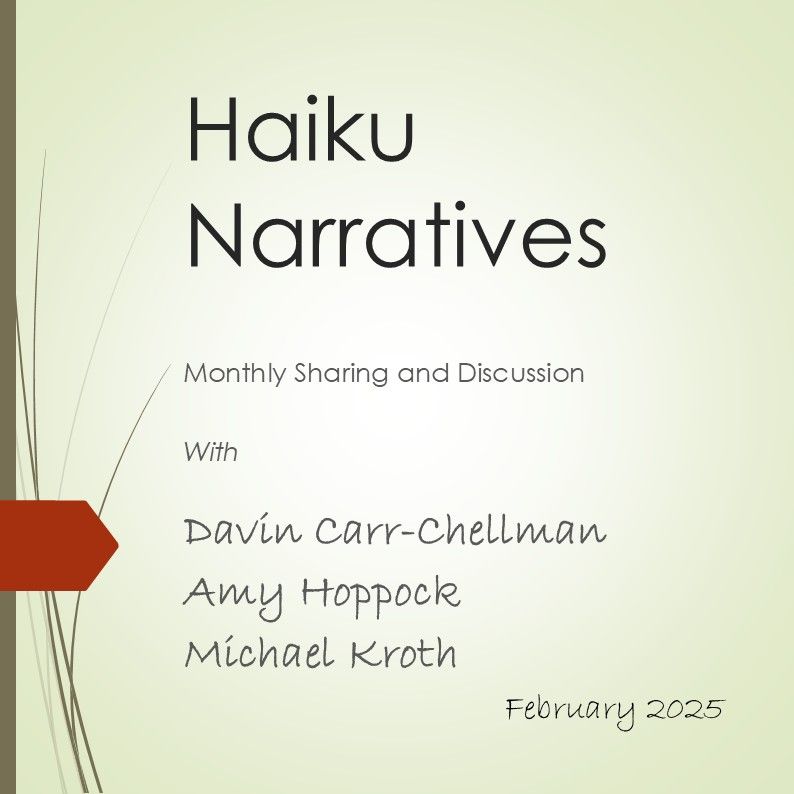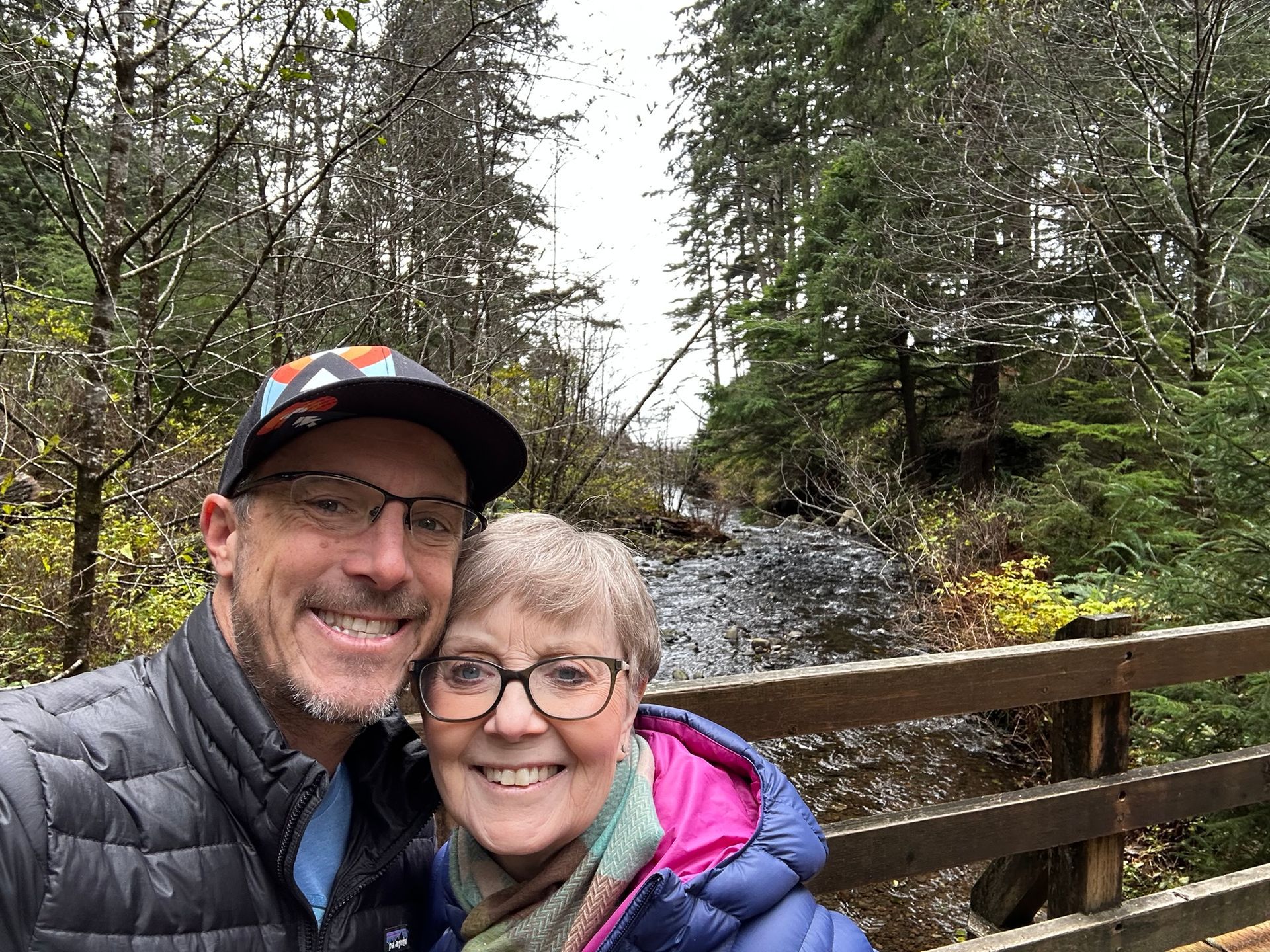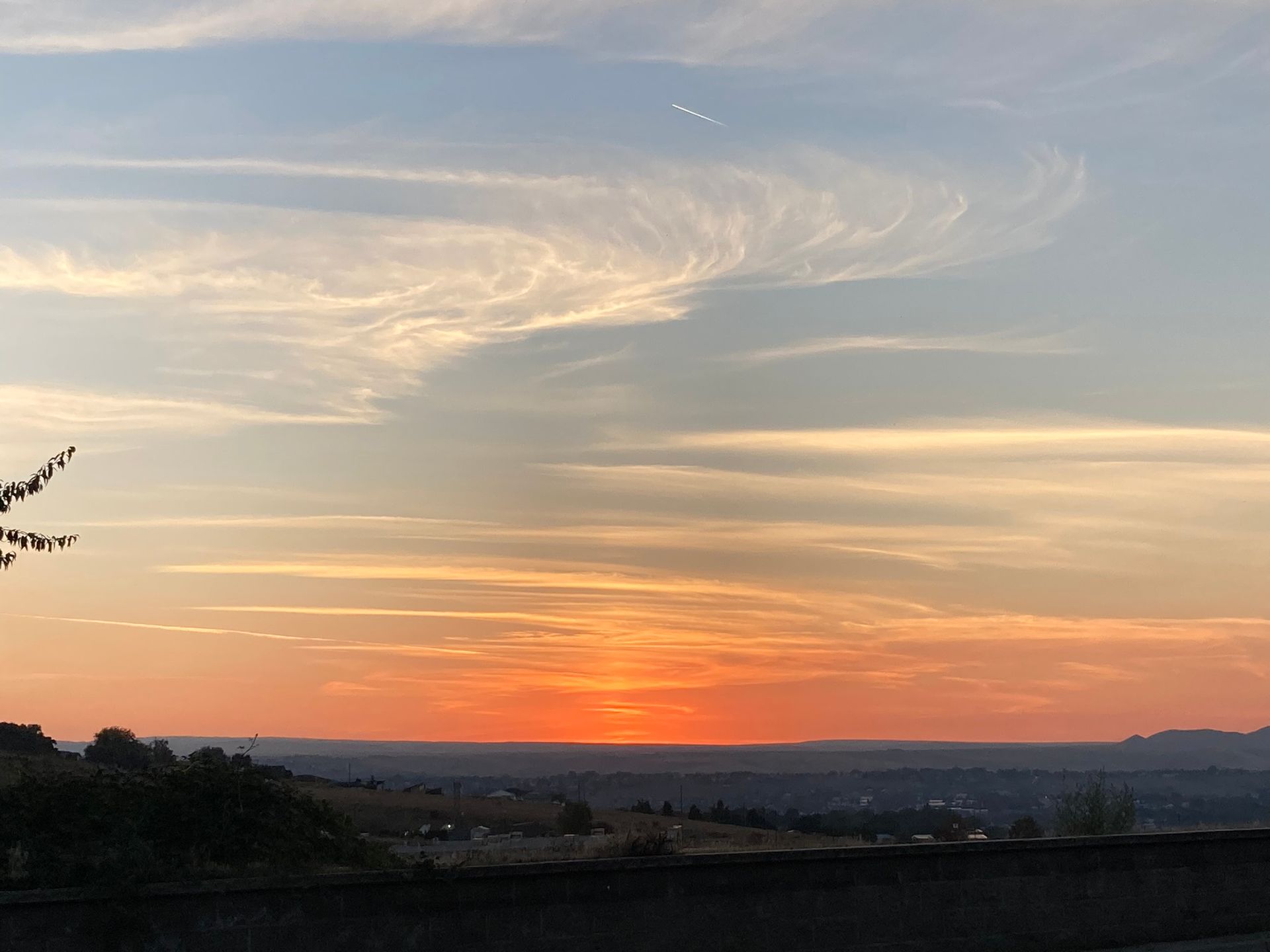Sacred Practices and The Soul’s Slow Ripening by Christine Valters Paintner
Wouldn’t it be valuable to choose practices to work on over time that would lead to a more profound, higher quality-of life?
I have come to think that adopting key practices is essential for living deeply – profoundly – over a lifetime. There are many practices, routines, and habits in our lives already, ranging from the way we get ready for the day each morning to our health and exercise routines to the way we develop both our minds and our relationships. I have talked about practices before ( The Practice of Generosity , Practices, Practices, Practices , The Art Of Pausing - My Experience , Practicing Presence ) and plan to continue not just talking about and working on my own practices, but also by developing my own understanding of how what Duhigg calls “keystone habits” can be applied to developing “master virtues”. It turns out master virtues, like humility or generosity, have an affect beyond themselves – they are likely to improve relationships, lower stress, and more. Keystone habits, Duhigg says, “that matter most are the ones that, when they start to shift, dislodge and remake other patterns” (p. 101). “Some habits,” he says, “matter more than others in remaking businesses and lives” (p. 100).
Wouldn’t it be valuable to choose practices to work on over time that would lead to a more profound, higher quality-of life?
I learn by doing and sharing – just reading about stuff gets me only so far – and one of the activities that I learn most from and that gives me the most joy is developing and sharing classes and workshops, especially in places where anyone can come for free, like libraries.
Or churches. In September, at my church, Cathedral of the Rockies , I am going to be leading small group discussions about Christine Valters Paintner’s book The Soul’s Slow Ripening: 12 Celtic Practices for Seeking the Sacred. I recently discovered the work of this poet and writer and have become a follower. These are the twelve practices Paintner includes in her book:
- The Practice Of Thresholds: “Thresholds are the space between, when we move from one time to another, as in the threshold of dawn to day or of dusk to dark; one space to another, as in times of inner or outer journeying or pilgrimage; and one awareness to another, as in times when our old structures starts to fall away and we being to build something new” (p.1).
- The Practice Of Dreaming: “Dreams continue to call us into ways of being that are less linear and more intuitive, less goal-driven and more open to receiving the gifts being offered to us in the moment” (p. 14).
- The Practice Of Peregrinatio And Seeking Your Place Of Resurrection : “For the Celtic monastic tradition, wandering was a powerful practice, shaping much of their vision of Christian spiritual life. There is a unique term for this Celtic wandering – peregrinatio pro Christo – the call to wander for the love of Christ” (p. 25).
- The Practice Of Blessing Each Moment: Blessing is really acknowledging the gifts and graces already present and entering into partnership with the divine. All the mundane activities of the day become opportunities to witness grace at work” (p. 39).
- The Practice Of Soul Friendship: “Another key practice of both desert and Celtic saints was having a soul friend, an anam cara ” (p. 53).
- The Practice Of Encircling: The word caim comes from the Irish Gaelic meaning ‘protection’ or ‘encompassing,’ and is a prayer similar in function to the lorica, used to invoke divine protection or the care of a saint” (p. 76).
- The Practice Of Walking The Rounds: “One of the first Irish practices we were introduced to when we moved here and began visiting sacred sites was the practice of walking the rounds in a sunwise direction…To walk the rounds sunwise means to walk in harmony with cosmic forces” (p. 81).
- The Practice Of Learning By Heart: “We are so accustomed to having the texts we need readily available that I often wonder what it would be like if those words didn’t live on paper or digitally but were inscribed on our hearts. How might we be shaped by their invitation in new ways? John O’Donohue describes this way of remembering as keeping things in the temple of memory” (p. 94).
- The Practice Of Solitude And Silence: “The Celtic monks were profoundly influenced by the desert tradition, and while they were not able to go to the literal desert, they sought out the wild edges and lush places of wilderness” (p. 105). “Solitude is not a practice just for ourselves but a practice to cultivate within each of us a greater capacity for living in the world” (p. 107).
- The Practice Of Seasonal Cycles: “By attuning to the rhythms of the earth, the Celtic monks allowed nature to be a wisdom guide that can teach us about life’s rise and fall” (p. 119).
- The Practice Of Landscape As Theophany: “Places can be sacred, and there are specific kinds of places where people have been especially drawn to the practice of their religion. Places can be called ‘thin’ where we experience the nearness of heaven and earth to each other” (p. 133).
- The Practice Of Three Essential Things: “This is a time to consider the fact that each of us will one day be asked to relinquish our most precious possession, our very lives. And that reality asks us to make a choice between living in fear and anxiety and living in an overwhelming sense of gratitude” (p. 145).
Don’t these sound interesting, even fascinating?
Practices can start immediately and carried out over a lifetime. Here we will only be able take up a practice a week over several weeks. And of course, I’m not an expert in any of these practices – I am an eager learner. So this should be fun.
More from
The
Soul's Slow Ripening: 12 Celtic Practices For Seeking The Sacred
, by Christine Valters Paintner:
"Transformation begins with practice, a living
into new ways of being." (p. XIV).
“Practices are a way of embodying the spiritual journey rather than merely thinking about it. Practices help us to bring the reality of what we seek into the physicality and earthiness of our lives. The Irish monks left behind a beautiful legacy of practices, many of which are unique to this part of the world and will be the framework for our exploration” (pp. XIII-XIV).
“The ancient Christian monastic traditions, especially desert, Celtic, and Benedictine, offer great wisdom for this journey of unfolding. These monks understood that the soul’s ripening is never to be rushed and that it takes a lifetime of work. The gift of the contemplative path is a profound honoring of the grace of slowness” (p. XV).
“The early period of Irish monasticism is quite unique in that it was less influenced by the Roman Church and desire for uniformity of practice. The Irish monks integrated Christian teachings with the Druidic wisdom of their ancestors and created a spirituality that was much more indigenous to the place they lived (p. XVII).
“Discernment is essentially a way of listening to our lives and the world around us and responding to the invitations that call us into deeper alignment with our soul’s deep desries and the desires God has for us” (p. XVII).
“Through this journey of the last several years, I have come to embrace words such as ripening, organic, yielding, and unfolding as ways of understanding how our souls move in a holy direction” (p. XVIII).
“The Irish tradition is deeply rooted in the landscape and the seasonal rhythms of the year” (p. XVIII).
“…the soul’s ripening is never to be rushed and takes a lifetime of work” (p. XIX).
“What keeps us centered in the midst of this journey of a lifetime is our commitment to practice. When we say yes to becoming more truly ourselves, we are saying yes to a set of ancient practices that will nourish and sustain us” (p. 155).
“Remember this is a journey, and sometimes our deepest purpose is discovered in living our ordinary lives with great reverence and attention” (p. 156).
References:
Duhigg, C. (2012). The power of habit: why we do what we do in life and business (1st ed.). New York: Random House.
Paintner, C. V. (2018). The soul's slow ripening: 12 Celtic practices for seeking the sacred. Notre Dame, Sorin Books.












